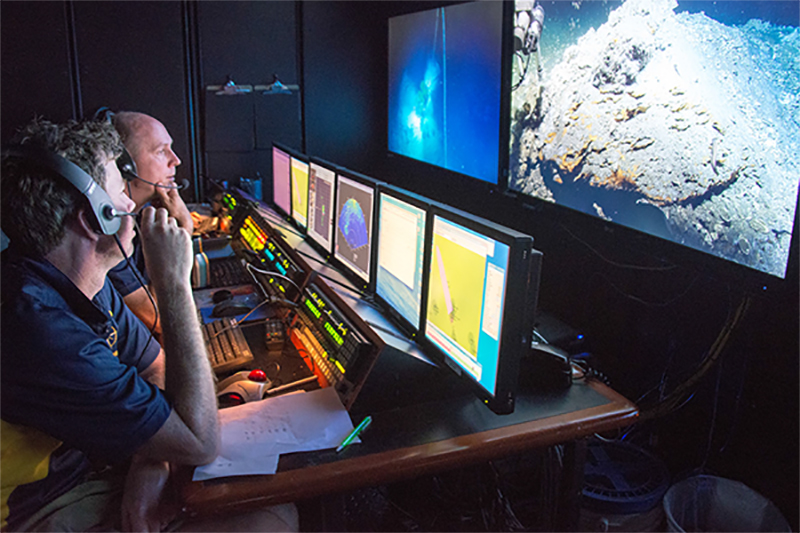New suite of oil-spill models can track behavior of fluids in 3D

The Deepwater Horizon oil spill on April 20, 2010, was the largest marine oil spill in United States history. The first deep subsurface spill, it pumped about 700,000 tons of crude oil, plus about 250,000 tons of methane, into the Gulf of Mexico before it was capped, and tragically led to 11 deaths and 16 injuries to people on the rig.
During the spill, available oil spill computer models operated at different scales, but did not interact, and they also did not include many of the shallow bays along the northern Gulf that are of great importance to local fisheries. This spill created a need for an integrated, multi-scale, comprehensive computer model suite that showed the behavior of the petroleum fluids on a 3D scale rather than a 2D and operated from the molecular level to the scale of the gulf.
Texas A&M University scientists have now created such a model suite.
A description of the model suite was published in a recent paper by Piers Chapman, research professor in the Department of Oceanography; Steve DiMarco, oceanography professor and team leader for ocean observing in the Geochemical and Environmental Research Group (GERG) at Texas A&M; Robert Hetland, oceanography professor; and Scott Socolofsky, professor in the Zachry Department of Civil Engineering.
Their integrated, multiscale set of models can help explain ocean dynamics and assist in making predictions for future oil spills, Chapman said.
The Gulf of Mexico Research Initiative (GoMRI) was set up with funding provided by BP to improve the science for responding to future spills. Under GoMRI, the Gulf Integrated Spill Research (GISR) consortium was established to increase the understanding of how petroleum fluids in the ocean behave and improve the ability to predict what happens after a spill. This research was funded by GoMRI.
At the most basic level, the model suite used information about the natural rates of mixing, dissolution, evaporation, and degradation once oil and gas are released into the environment. The group used data from field and laboratory experiments to test how well the different physical models of oil movement operated. The scales used were graduated, “the largest scale was a model of the whole Atlantic, and then the Gulf of Mexico on the next scale down, then a shelf model of the coast, and then a bay model being the final bit,” Chapman said.
With today’s large amount of offshore drilling, it is important to understand the changes in coastal currents to be able to forecast where the oil in a potential spill would go, Chapman said.
“It’s a forecasting methodology to show how the oil, any future oil spill, will likely impact the coast,” he said.

